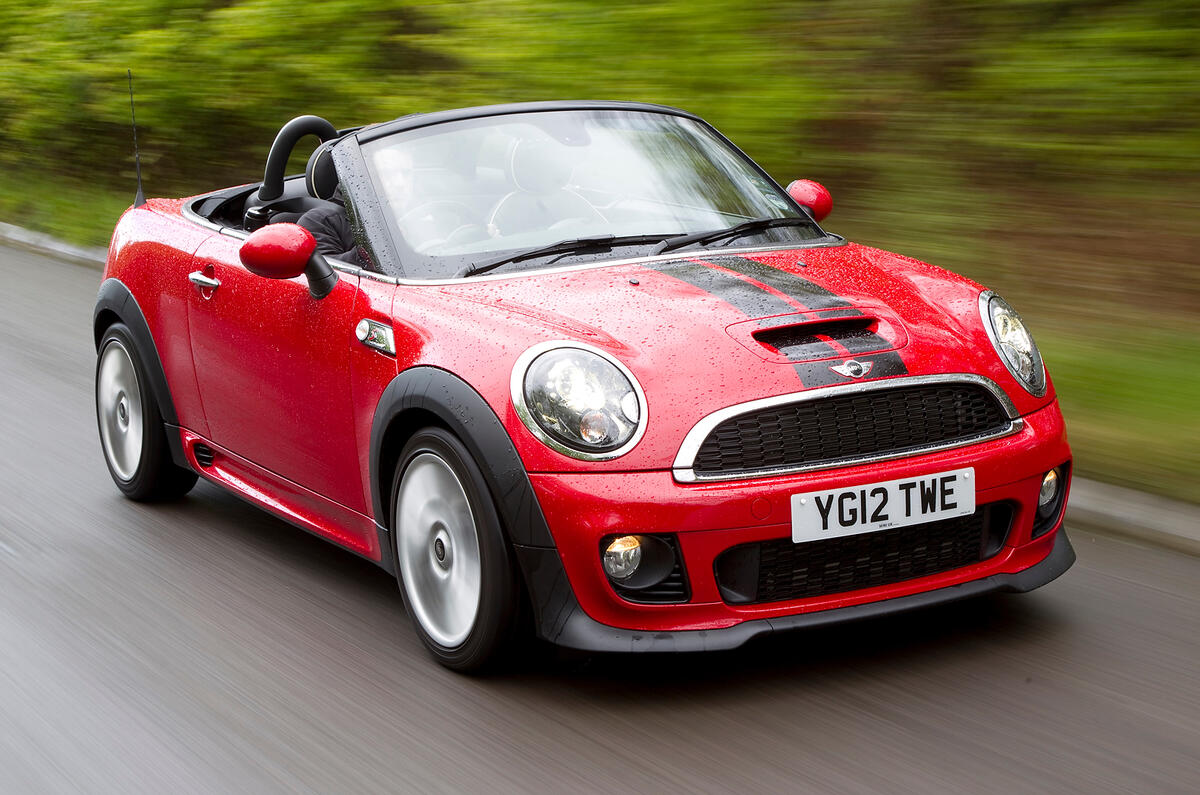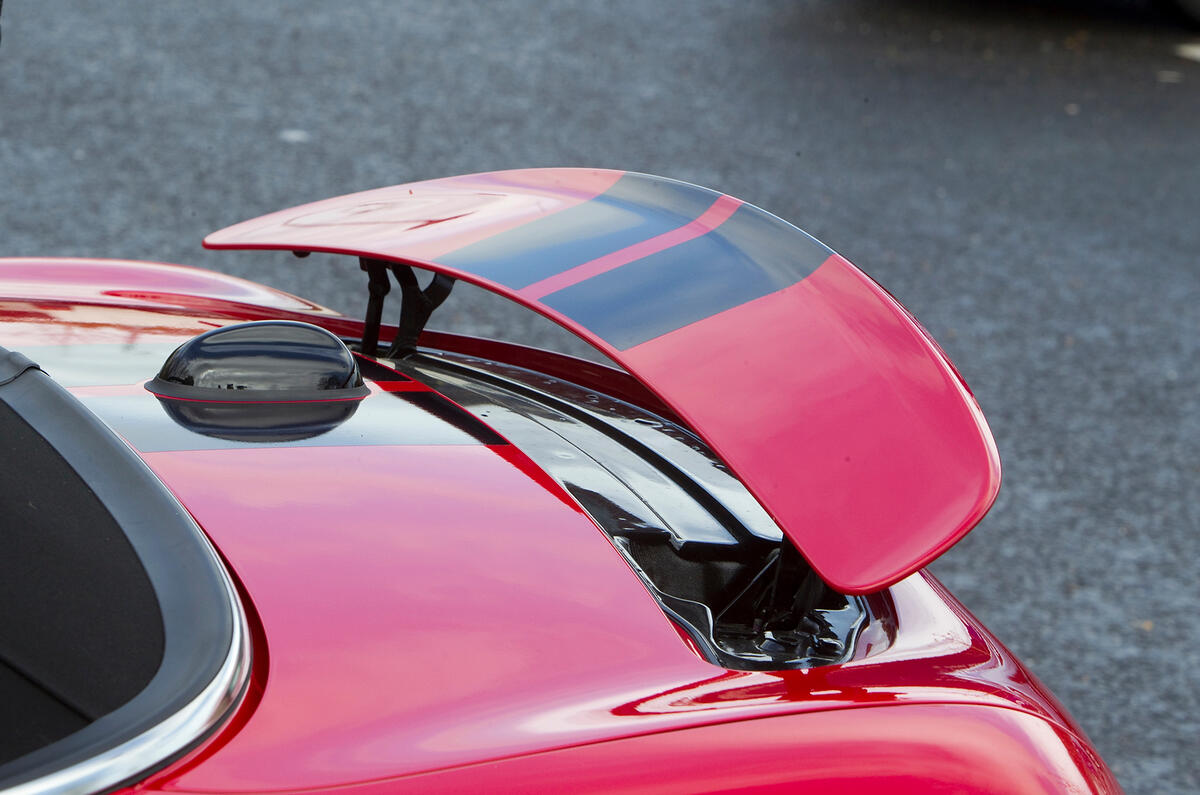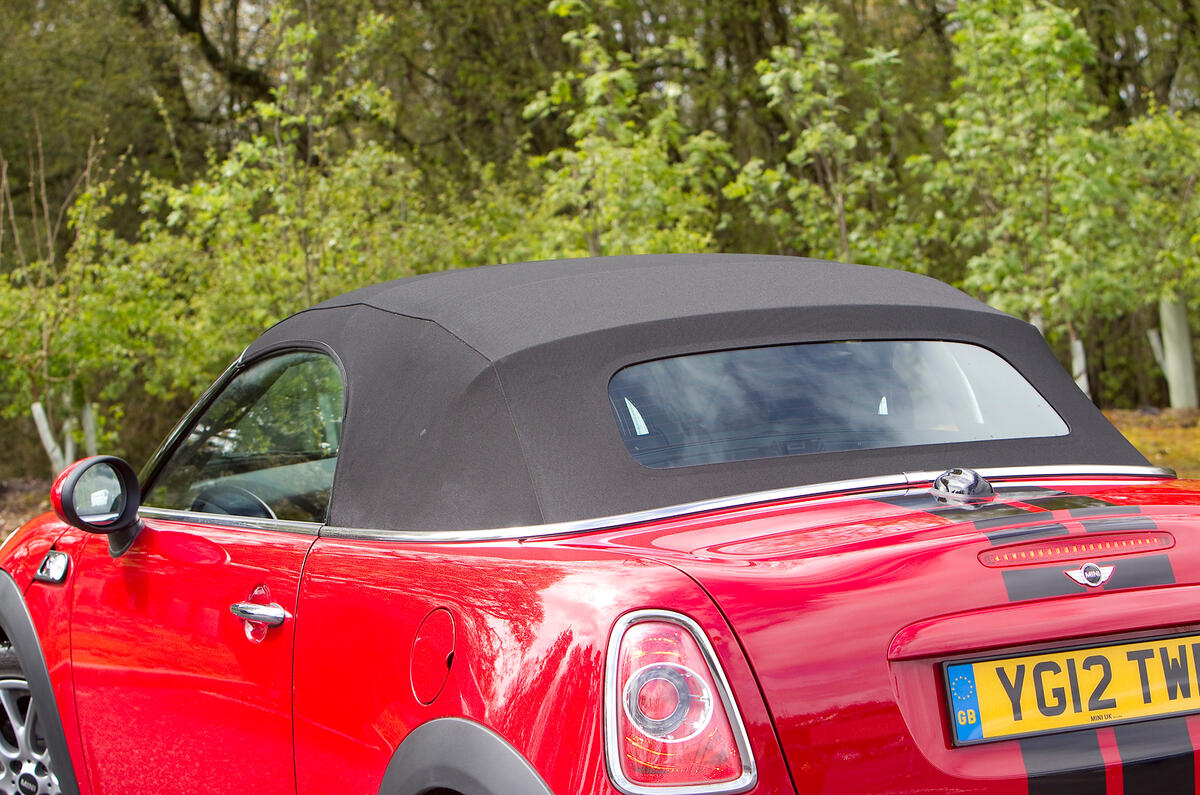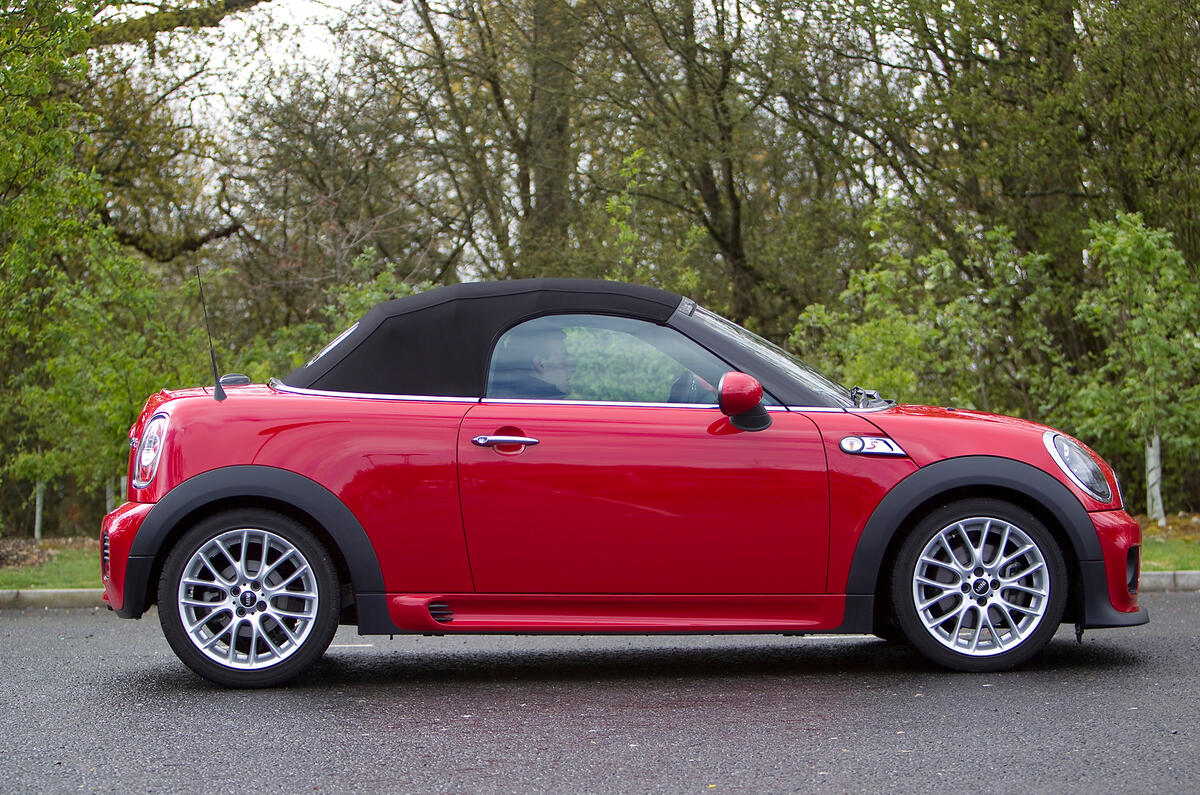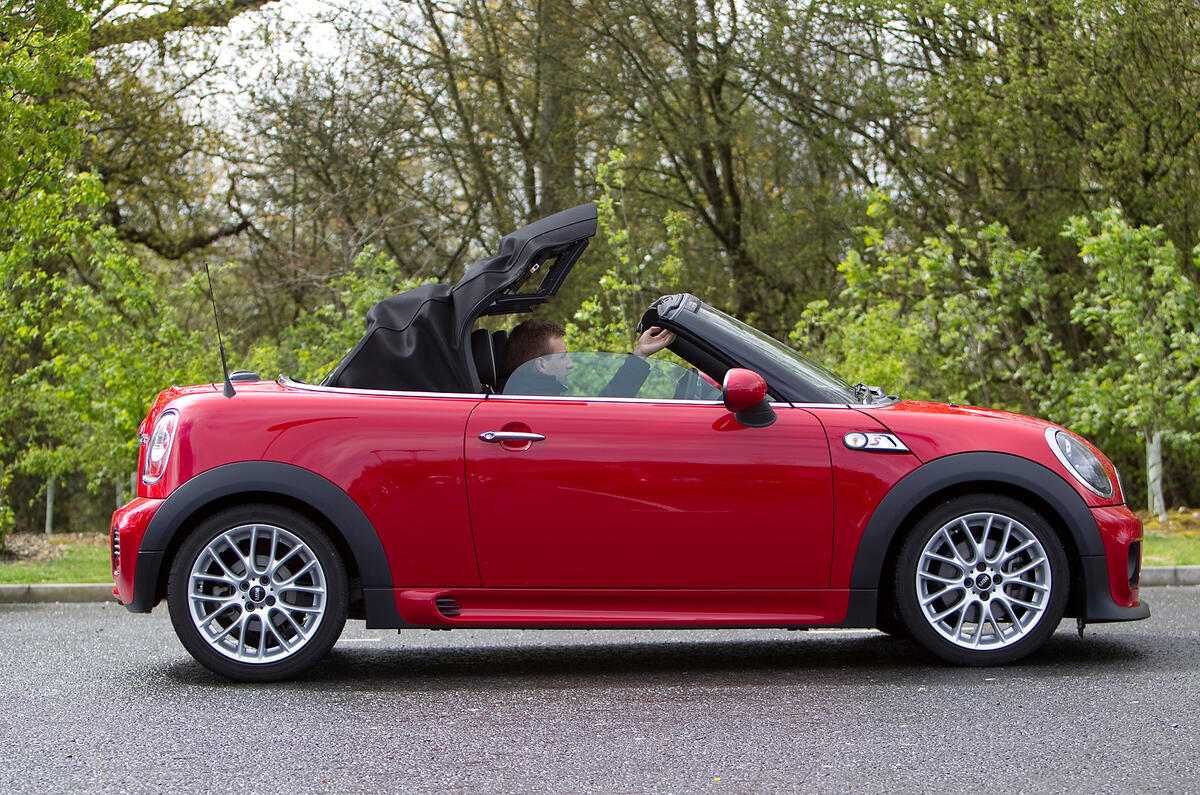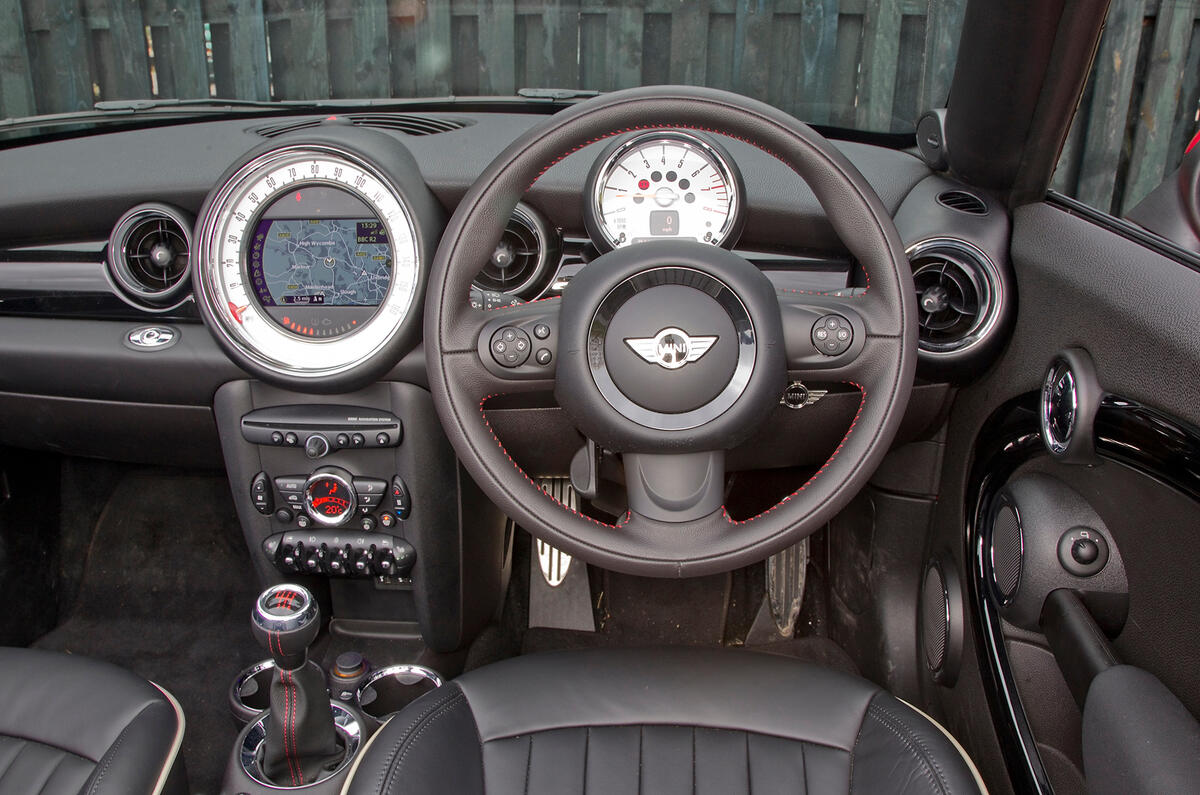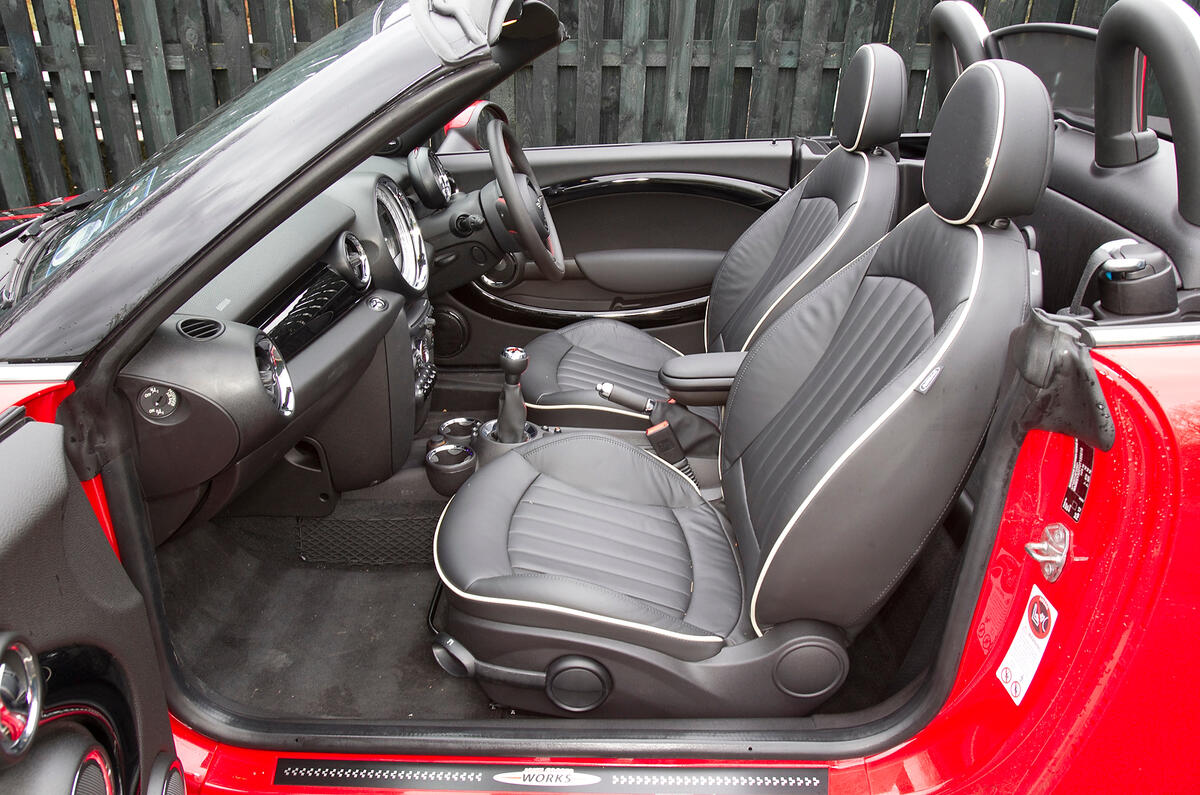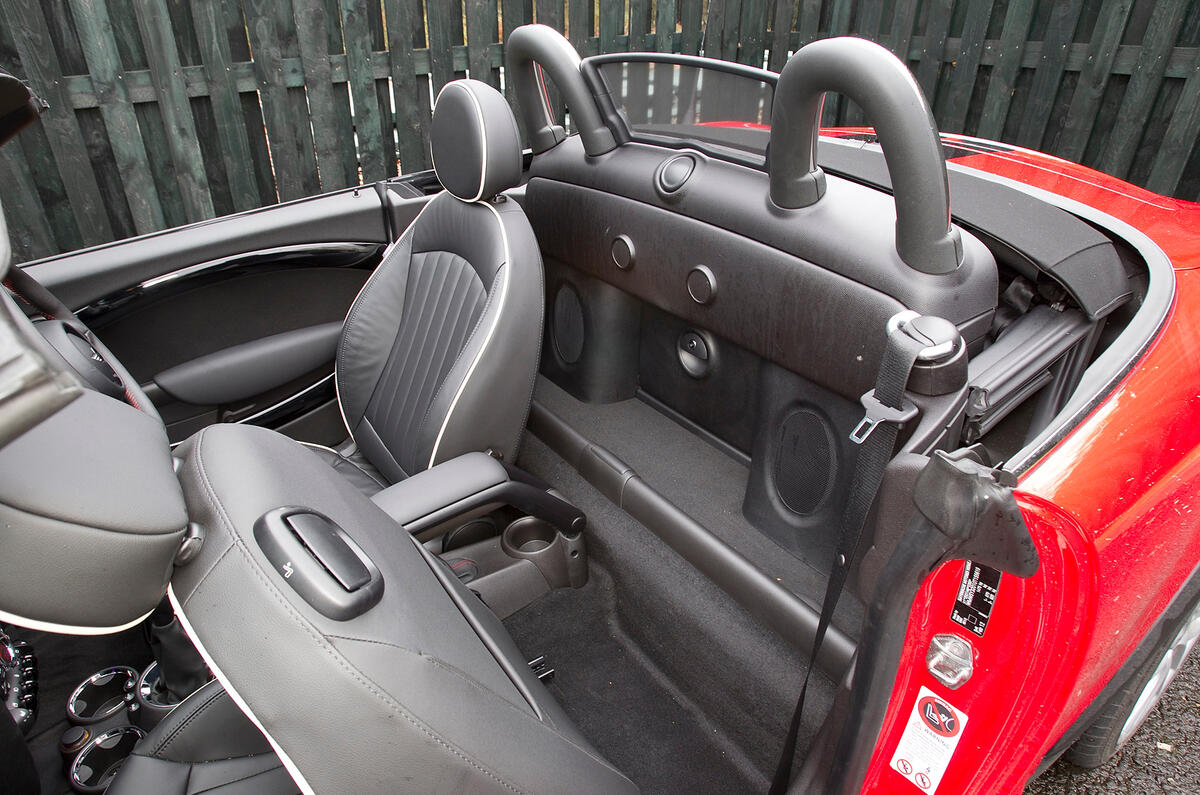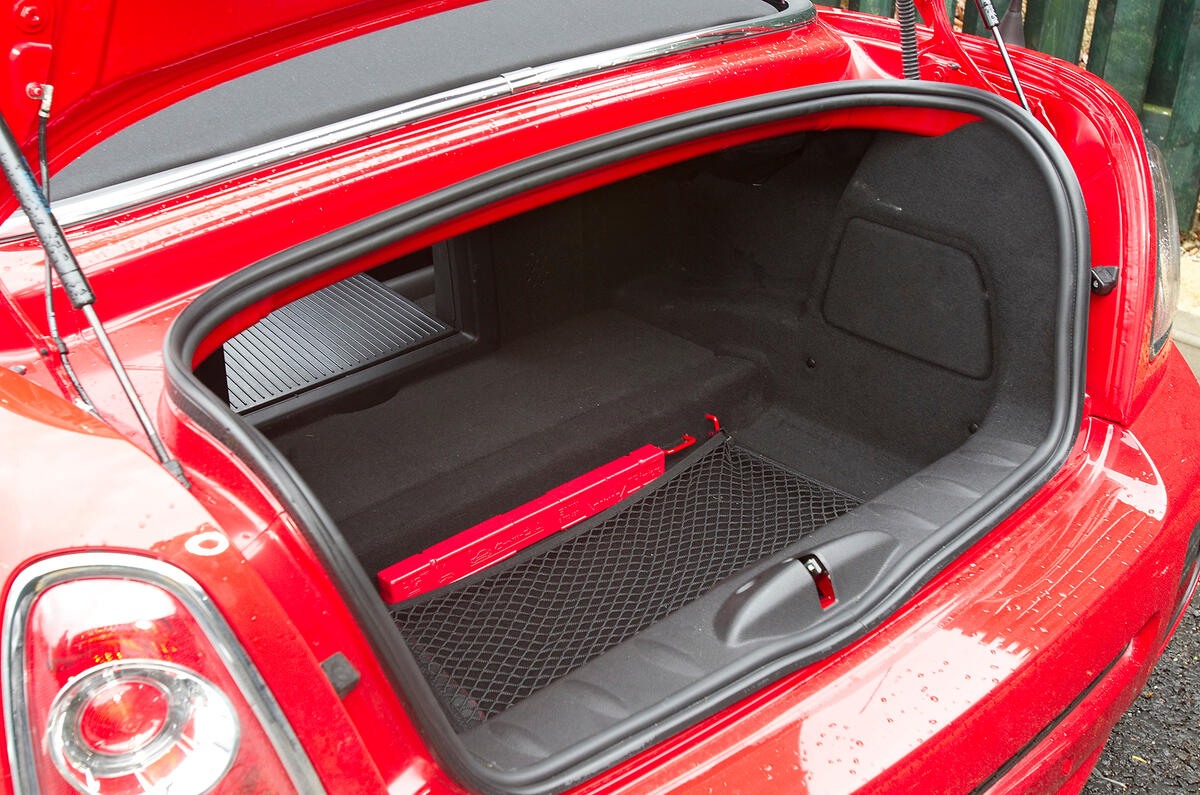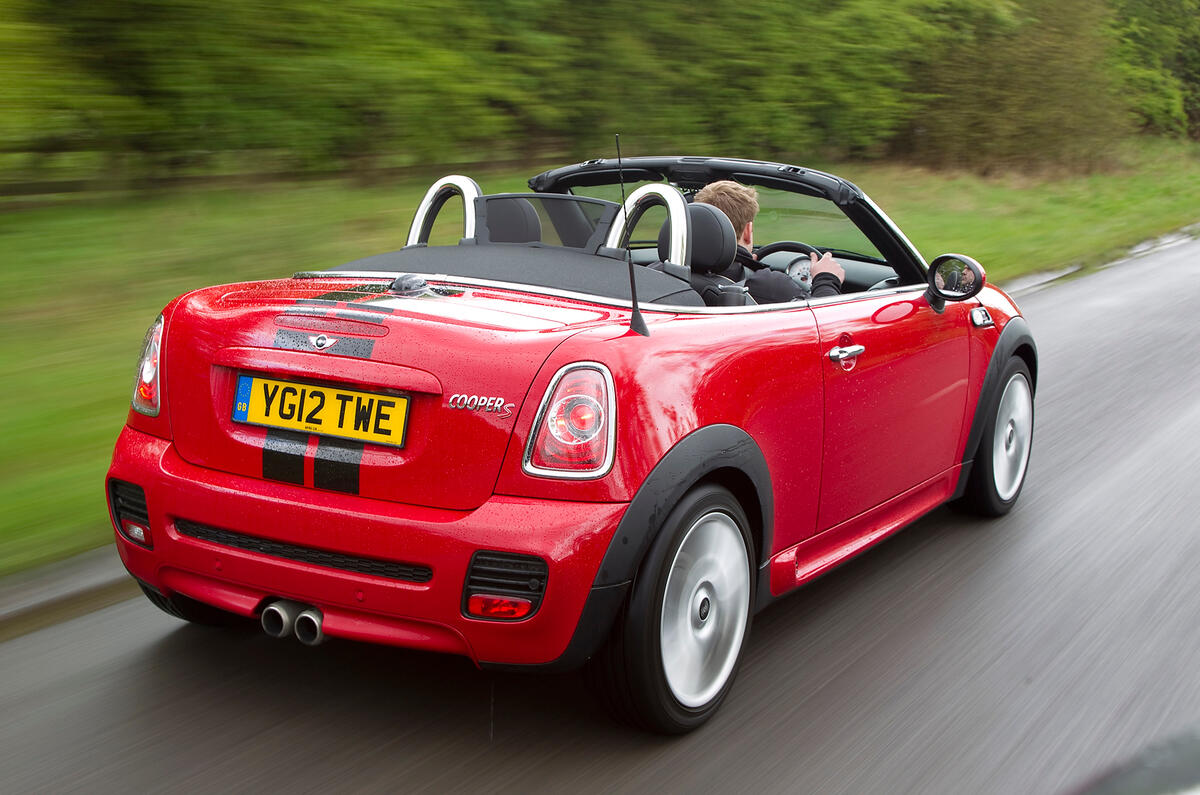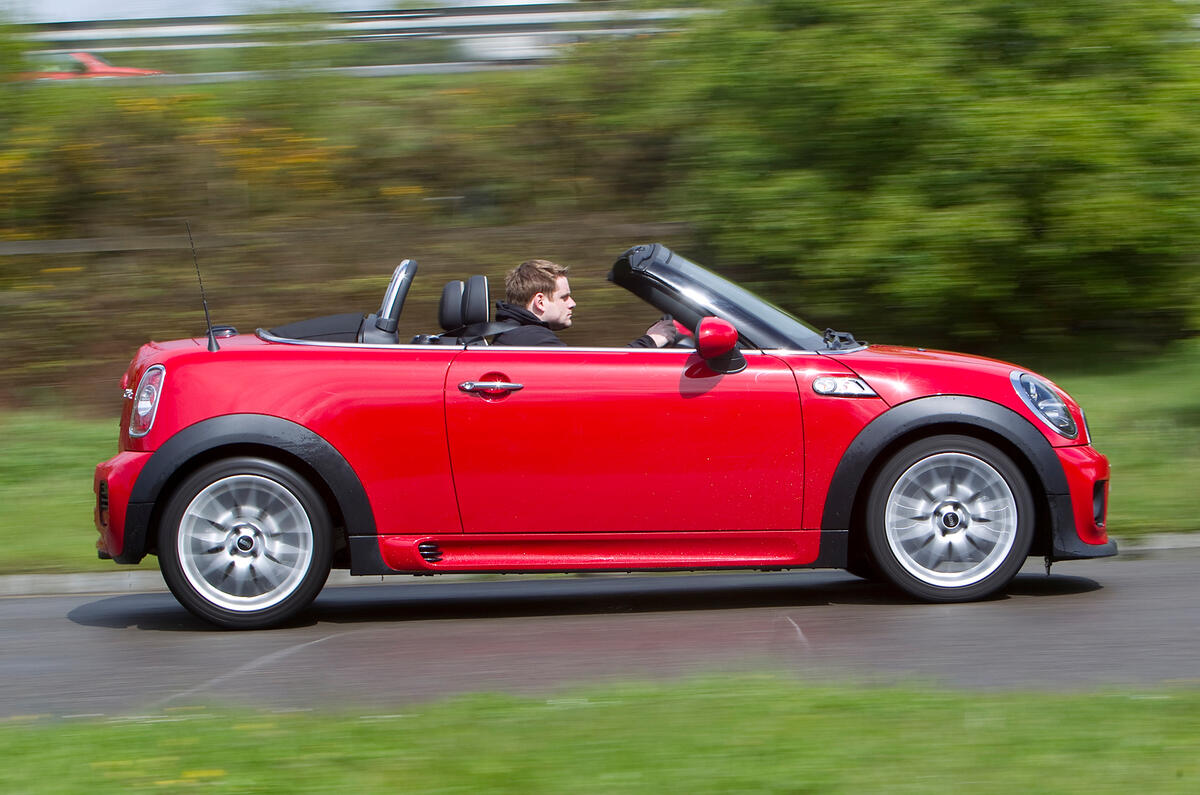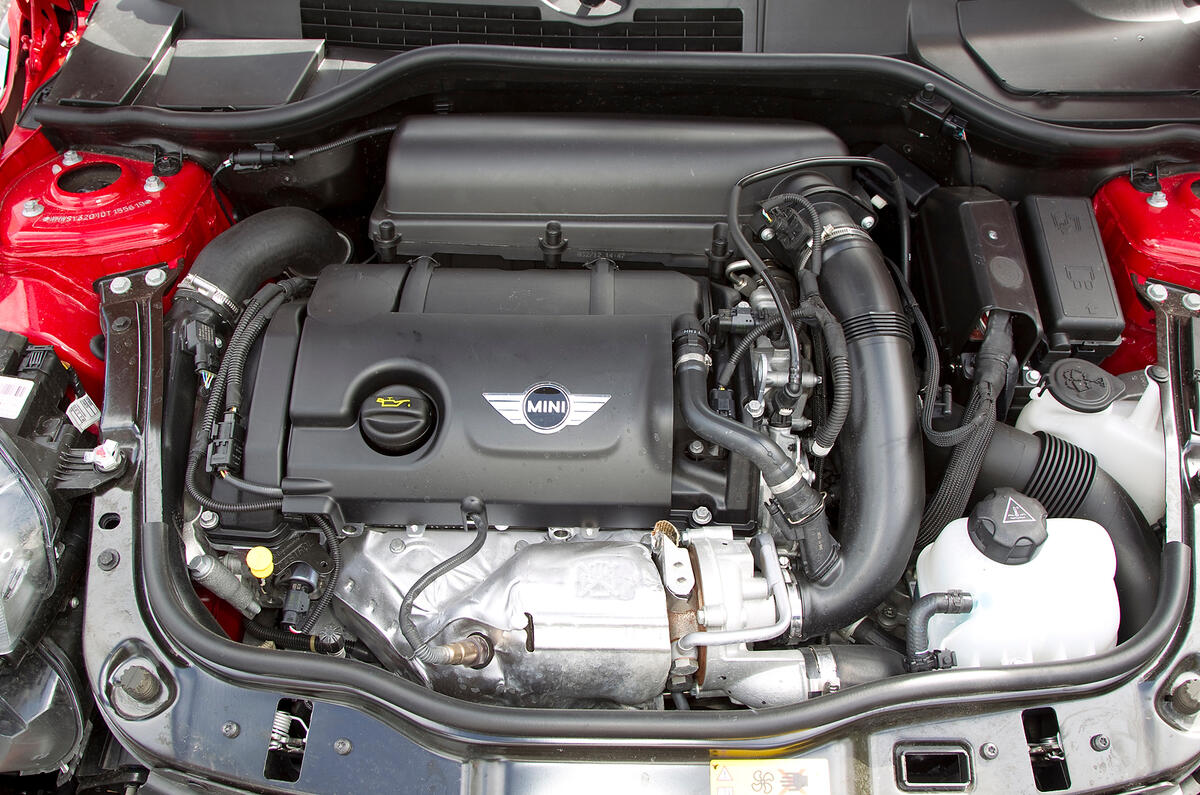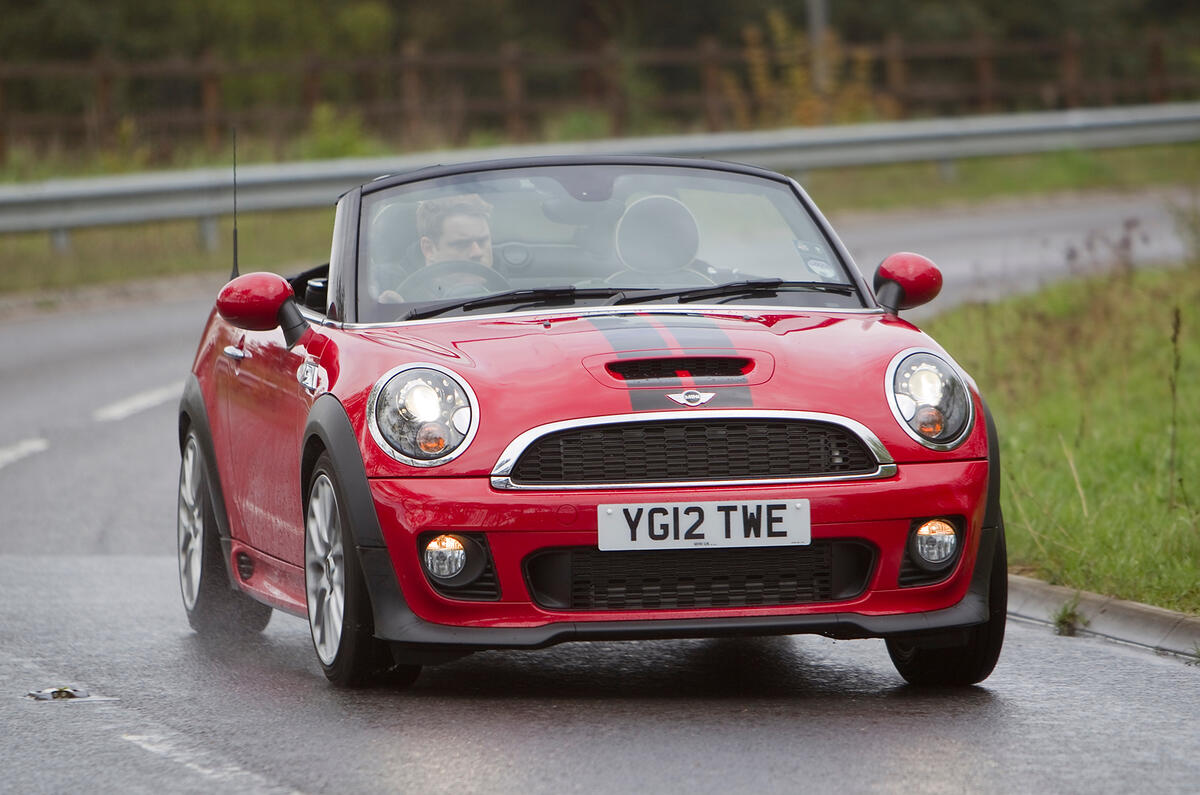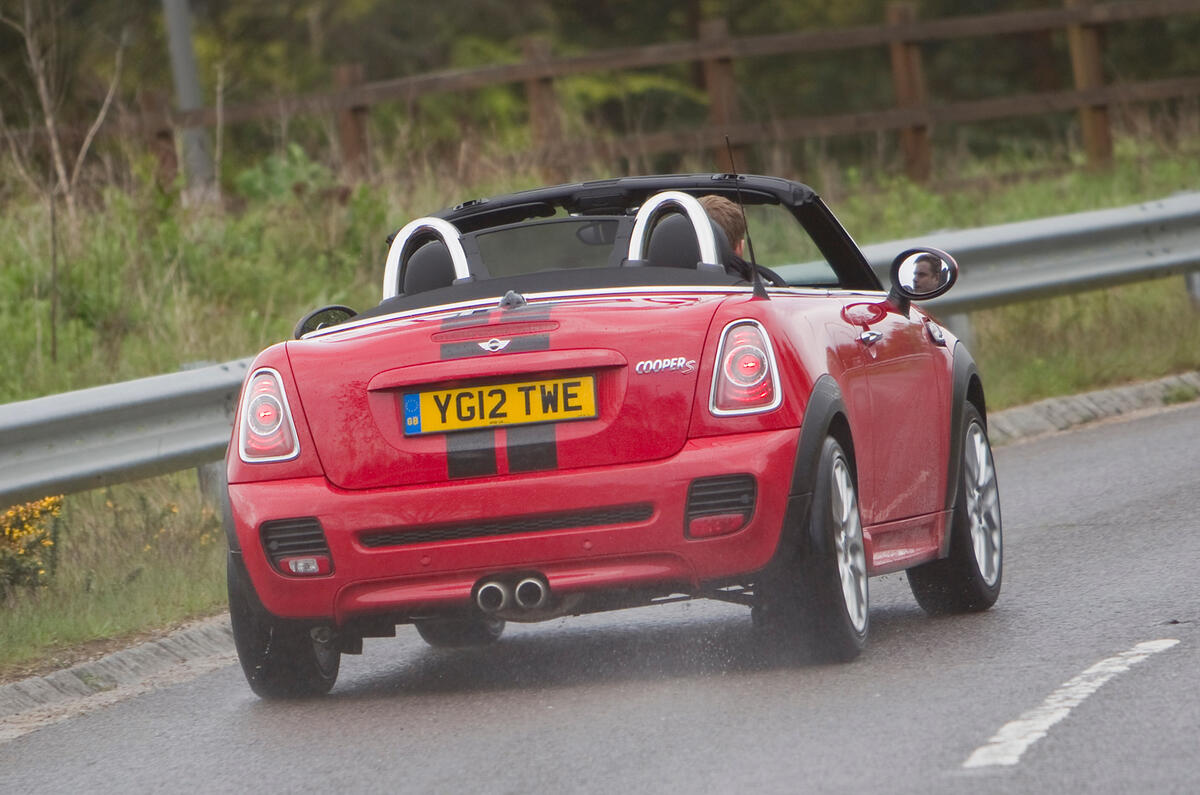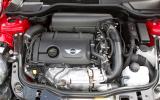The Roadster’s closest relative is the Coupé, a car with which it shares practically everything. Both models owe a debt to the original Mini Convertible, which demonstrated demand for non-hatchback Minis in 2004.
Despite the styling confectionery on top, the new models are a legacy of much the same underpinnings. BMW might suggest that the Roadster’s lineage is older still, pointing to the topless Moke and even the two-seat Mini Marcos as influences, but such claims are tenuous at best.
The affordable roadster would, in a perfect world, be at the cornerstone of the automotive experience. Cheap to buy, cheap to run, nice to look at and – with the added drama of open air – great to drive. Unfortunately, the world is not perfect. For practical, sensible reasons, the buying public largely shuns small, purpose-built roadsters in favour of a sludge-grey montage of cheaper, more accommodating beheaded hatchbacks and casually cropped superminis. It’s disheartening proof that the market at large values other things.
Into that context, the Mini Roadster, a spin-off model literally flattened by the expectant weight of BMW’s ambitious growth projections for the Mini brand, looks like it might be a breath of fresh air. There’s little original about the car but, as the manufacturer has proven with the Mini Coupé, it’s capable of transplanting thrills from its market-proven blueprint into new segments.


